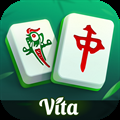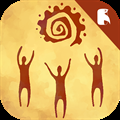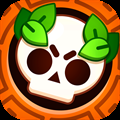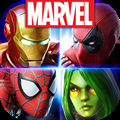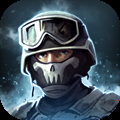Super Mario Bros. Wonder Might Have Had Too Many Ideas
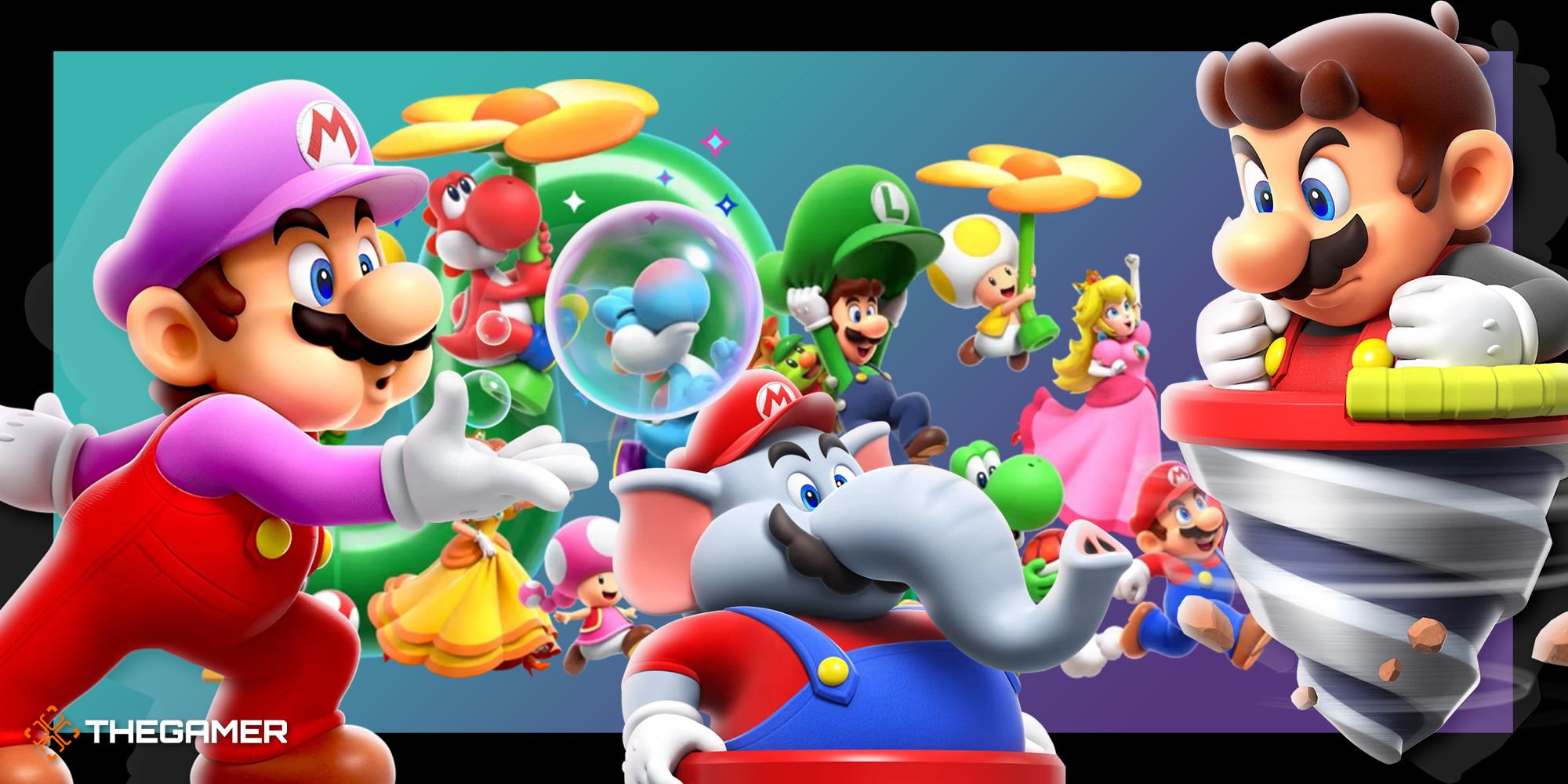
In the lead-up to the release of Super Mario Bros. Wonder, producer Takashi Tezuka said that the team had been given as much time as necessary to work on the project in the prototyping phase. That’s a good practice and the result is a good game — but not a great one. Mario’s latest has a ton of ideas as a result of that long period of experimentation, but it doesn’t cohere into much more than a collection of fun levels. Wonder is ambitious, but the result is a few good ideas spread way too thin.
I wrote in a previous article about how, while many Mario games have one main gimmick, Super Mario Bros. Wonder has two. Where Odyssey had Cappy and Sunshine had F.L.U.D.D., Wonder has Badges and Wonder Effects. This is where the sheer experimentation of the project may have needed more direction.
Badges are cool, but not fully-featured. Mario getting a grappling hook is rad, and the tool feels good to use, but it’s very simple because, given the number of other things the game is introducing, it has to be. It can grab walls to Mario’s left and right, but it can’t grab the ceiling or the ground, it can’t grab at diagonals, and it can’t grab enemies. Those are all things you would expect a grappling hook to be able to do, but this isn’t a grappling hook-focused game. It’s a Mario game where you can use a grappling hook.
That’s the problem with Badges. They do cool stuff, but it would be better to introduce those mechanics for one level and have them be appropriately shallow than to allow them to carry over to every other level, causing the false expectation of depth.
Wonder Effects, similarly, don’t feel as transformative as they should. It’s cool to turn into Tomato Jell-O Mario. It’s cool when Mario begins walking on the walls, functionally swapping the game to a top-down perspective. It’s cool when the game’s color palette changes to a Limbo-like black-and-white and Mario gets stretched out into a Slender Man silhouette. But none of them hit with “I can’t believe they’re doing this” force. They’re well-placed jabs, not a knockout punch. In attempting to make a game where each level works like “Effect and Cause” from Titanfall 2, with two planes of existence that you transition between, Wonder fails to give any of them the sheer weight that would make that possible.
And that’s the problem with the game as a whole. It’s a shotgun blast, not a sniper shot. If you play shooters, you know that neither of those weapons is necessarily better than the other. But, one is for doing damage up close, and the other is for making an impact at a long range. Though I appreciate Wonder shifting away from the stale aesthetic of the New Super Mario Bros. games, it isn’t focused enough for it to make a lasting impression. But a sequel that takes one of the ideas introduced here — like Wonder Effects — and builds something focused with it, definitely could. If Wonder replaces New as the 2D Mario subseries going forward, I fully expect Nintendo will make a game with those jaw-dropping moments I kept waiting for in this one. But, as with the prototype phase that produced Wonder, only time will tell.
NEXT: If You Loved Mario Wonder, Don't Sleep On Disney Illusion Island





